Like many WonderRoos (as we jokingly call ourselves at Wonder Workshop), I am the father of two young children — a 7-year-old and a 4-year-old. When we design our robots, we put children first. There is not a single product we will bring to market that we aren’t comfortable giving to our own children.
From the first day that Dash was envisioned, we took every effort to ensure that Dash is a safe robot for children from all perspectives — whether or not it is powered by cutting-edge technology.
Just as we designed our robots to reflect the very best of gender neutral design to make coding and robotics accessible and fun for all learners, we look to privacy and security as design principles for all of our products.
- That means that we never prompt for — or collect — any personally identifiable information from our apps or robots.
- We never share information with third parties, and we never will, and we have never collected information about users of our products.
- Our robots cannot “listen” to users, nor do they have functionality that could allow for the transfer of sound to the internet, or apps, or third parties of any kind. The robots have no more an ability to listen or transmit sounds than the tape recorders that many of us used and played with as children.
- All of our robots and associated apps that we publish have always been compliant with the Children’s Online Privacy Protection Act (COPPA).
If you’ve used our robots, you will realize that at no point in the app do you ever need to enter any information about yourself or children.
Designing for privacy means that our products are built to ensure that children cannot, even accidentally, share identifying information through our robots and apps.
For example, when naming variables in Blockly, we chose to restrict the number of variables and gave them pre-chosen names (in fact, we used images), so children do not enter any text. We create names for programs so children don’t have to come up with names of programs.
And when we incorporated the ability for children to record and save sounds on the robot, we took care to ensure that audio could neither be stored within the app nor sent to the cloud.
Dash, Dot, and Cue robots have three microphones that can be used by children as sensors when they’re programming the robots. The microphones are simple and extremely limited in capability. There is no capability for the audio stored on the robot to be transferred back or taken out of the robot. At no point can any form of data, including sounds, be shared with Wonder Workshop or any third party.
We applaud work by organizations like Common Sense Media, KidSafe, and many others that take pains to assess products and do the research, and ensure that products for children are safe and designed well. And we are troubled by the report that is false and misleading.
Wonder Workshop invites deeper research, evaluation, and publication on the features, functionality, and safeguard built into our products as we collaborate with parents and educators to expand access and enthusiasm to high-quality products and programs.


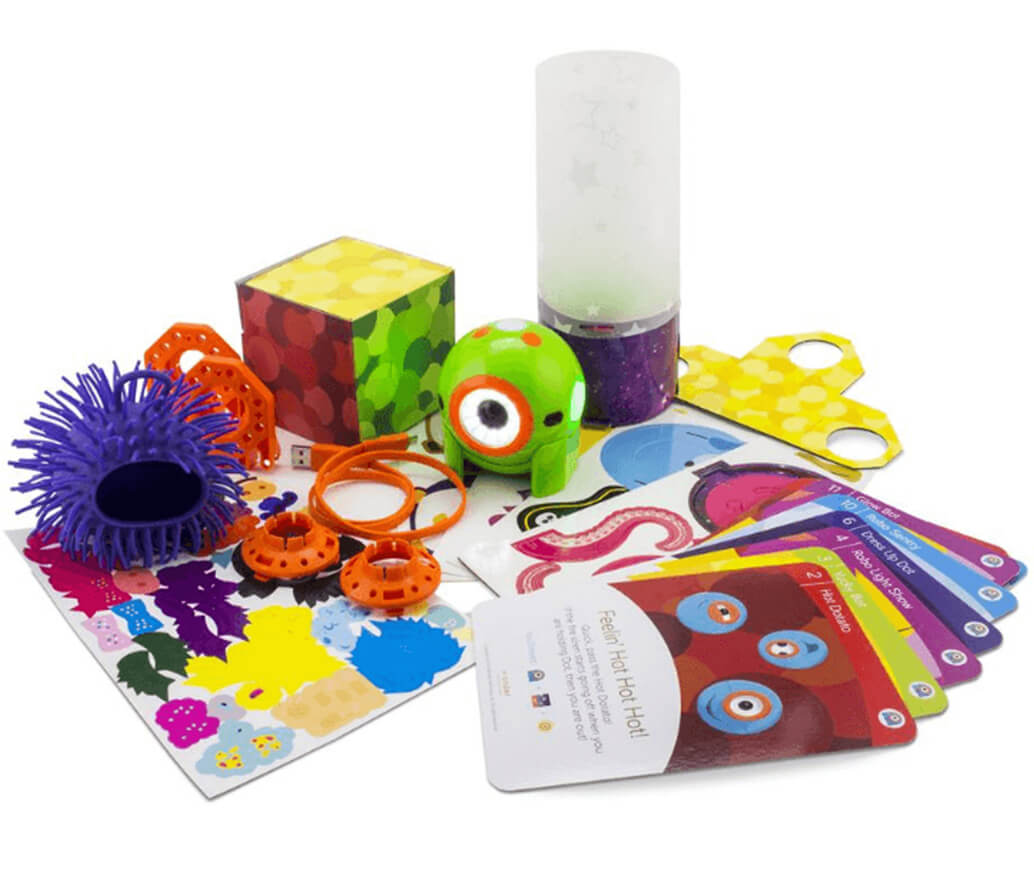
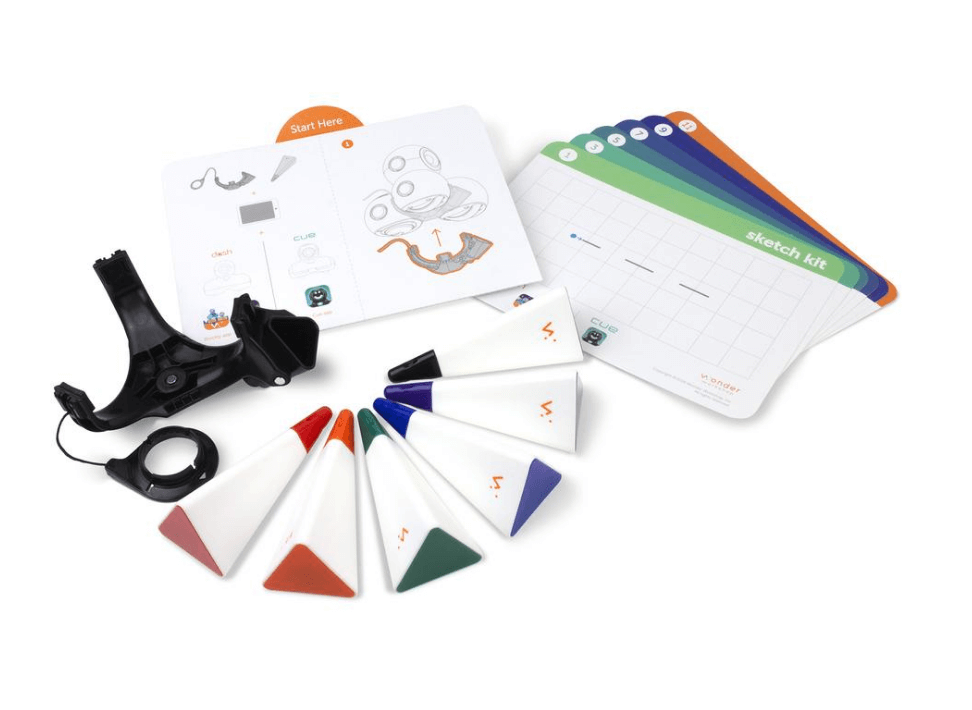


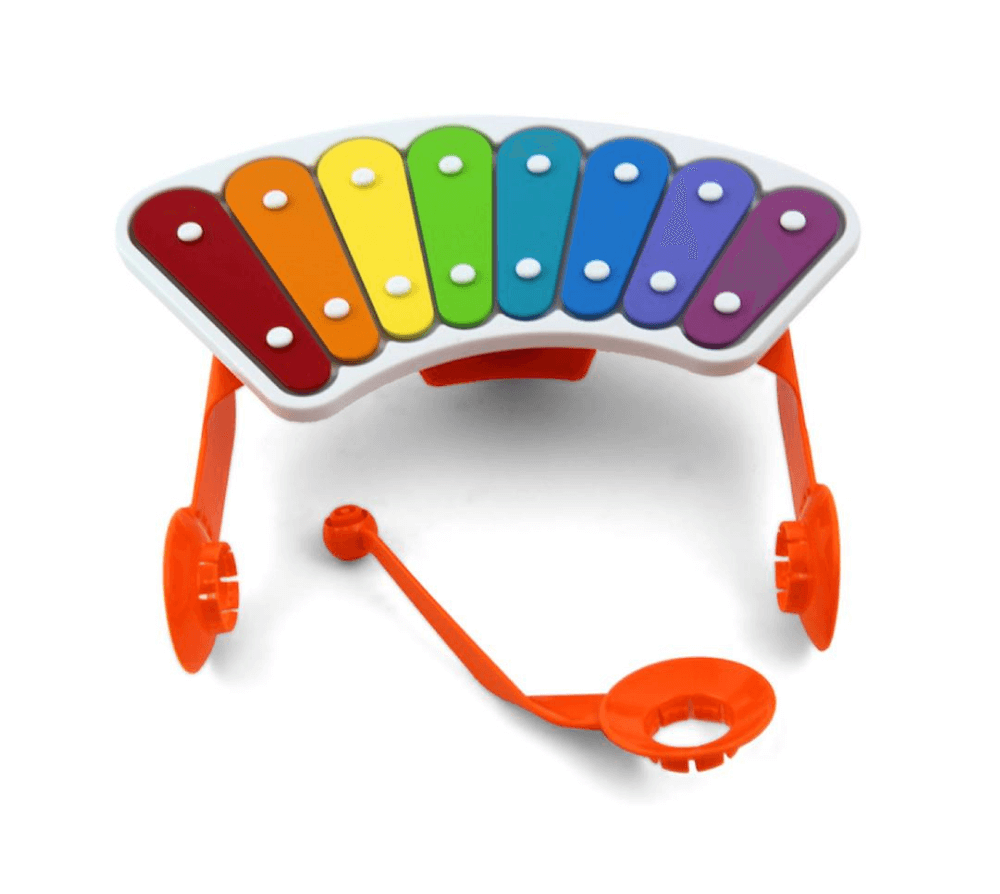

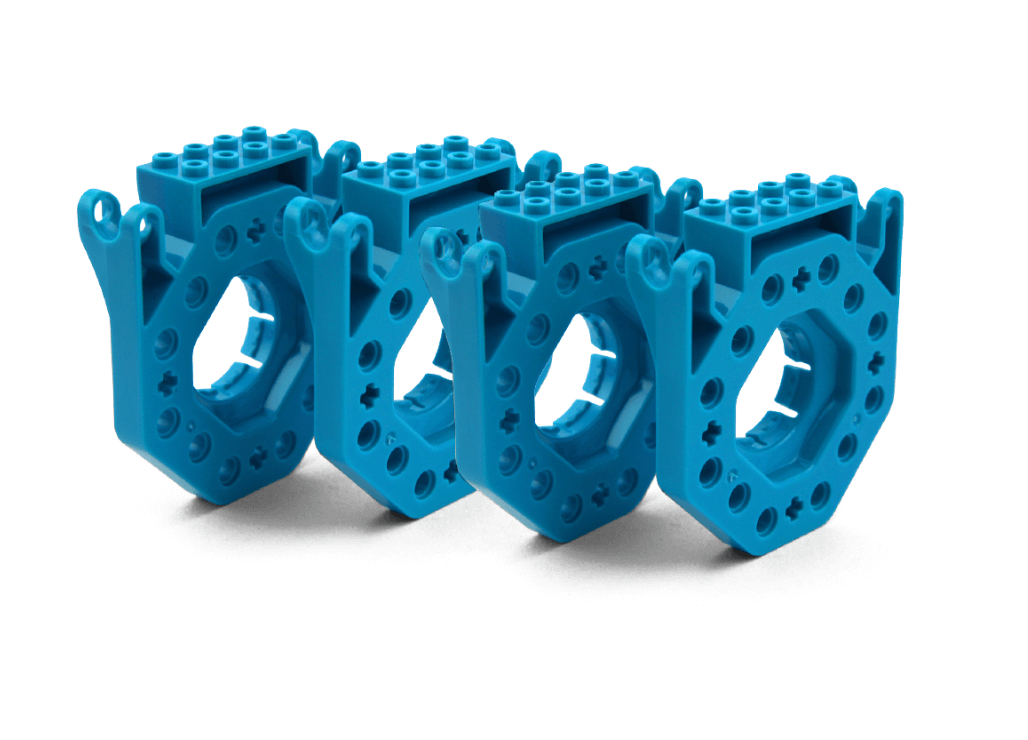
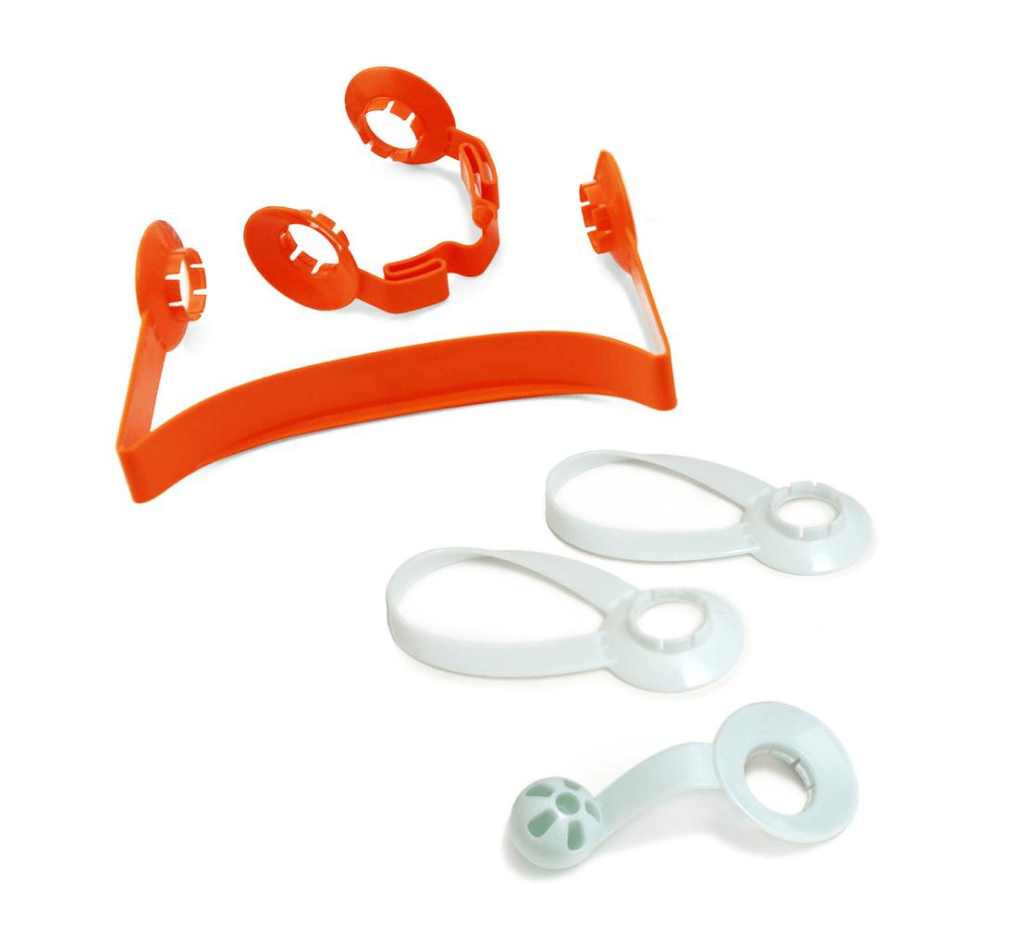

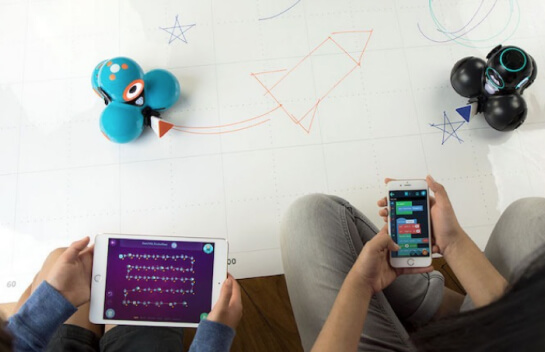
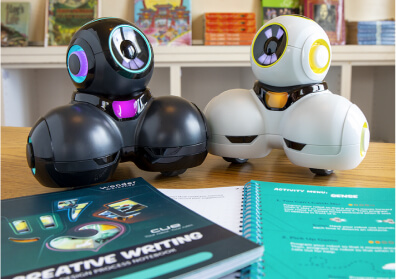
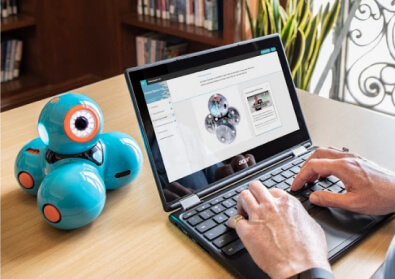



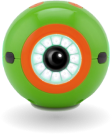



 Please wait while you are redirected to the right page...
Please wait while you are redirected to the right page...